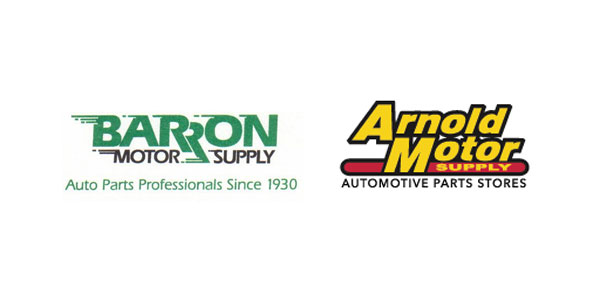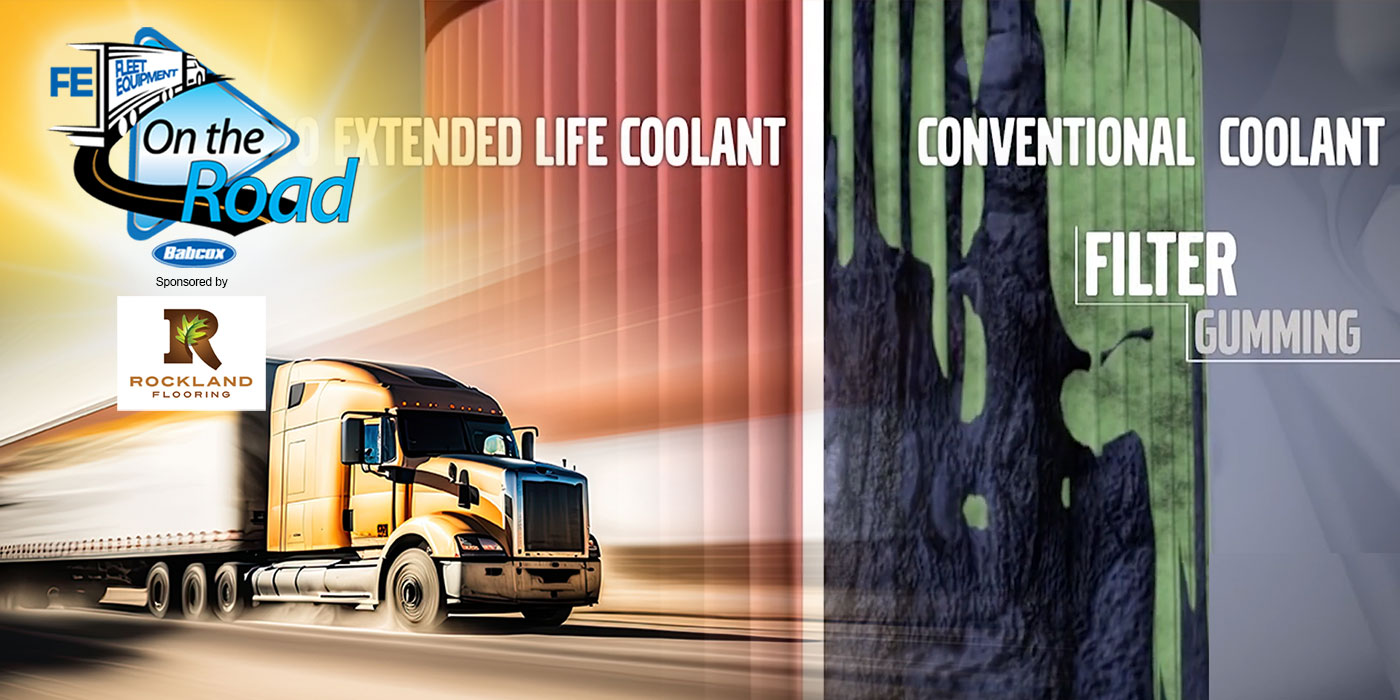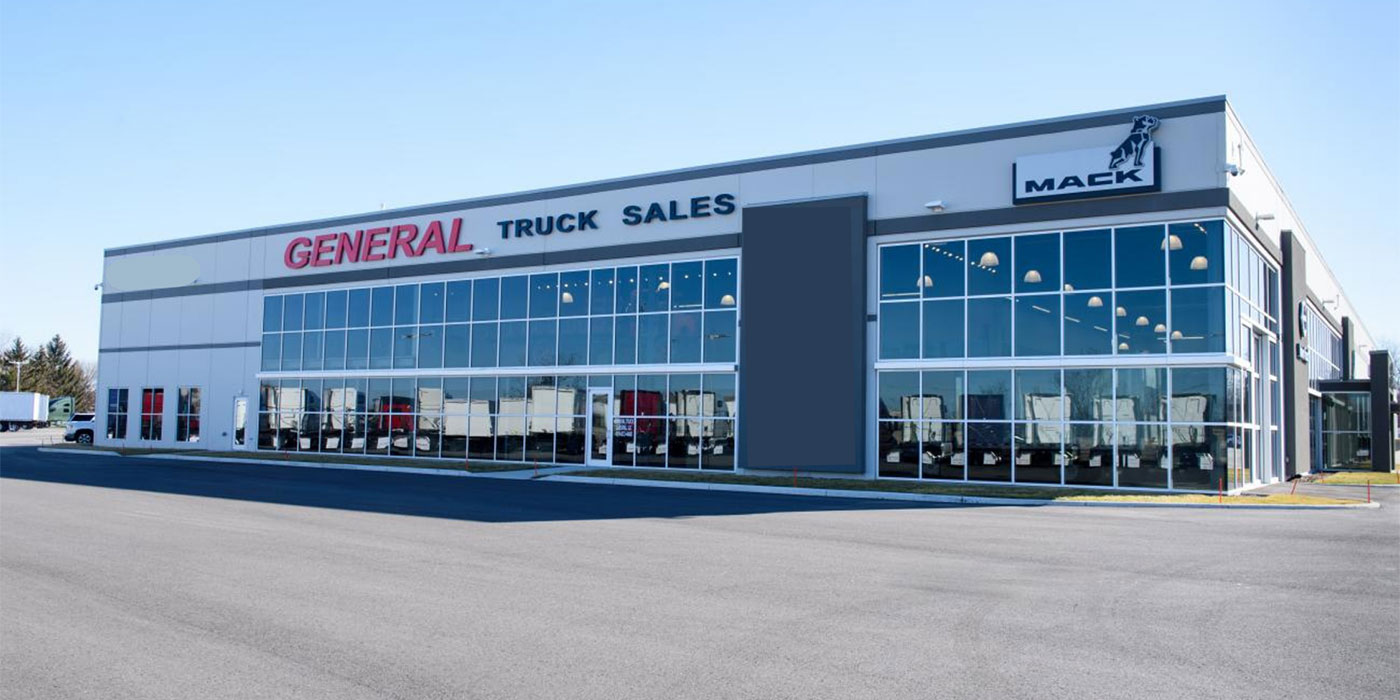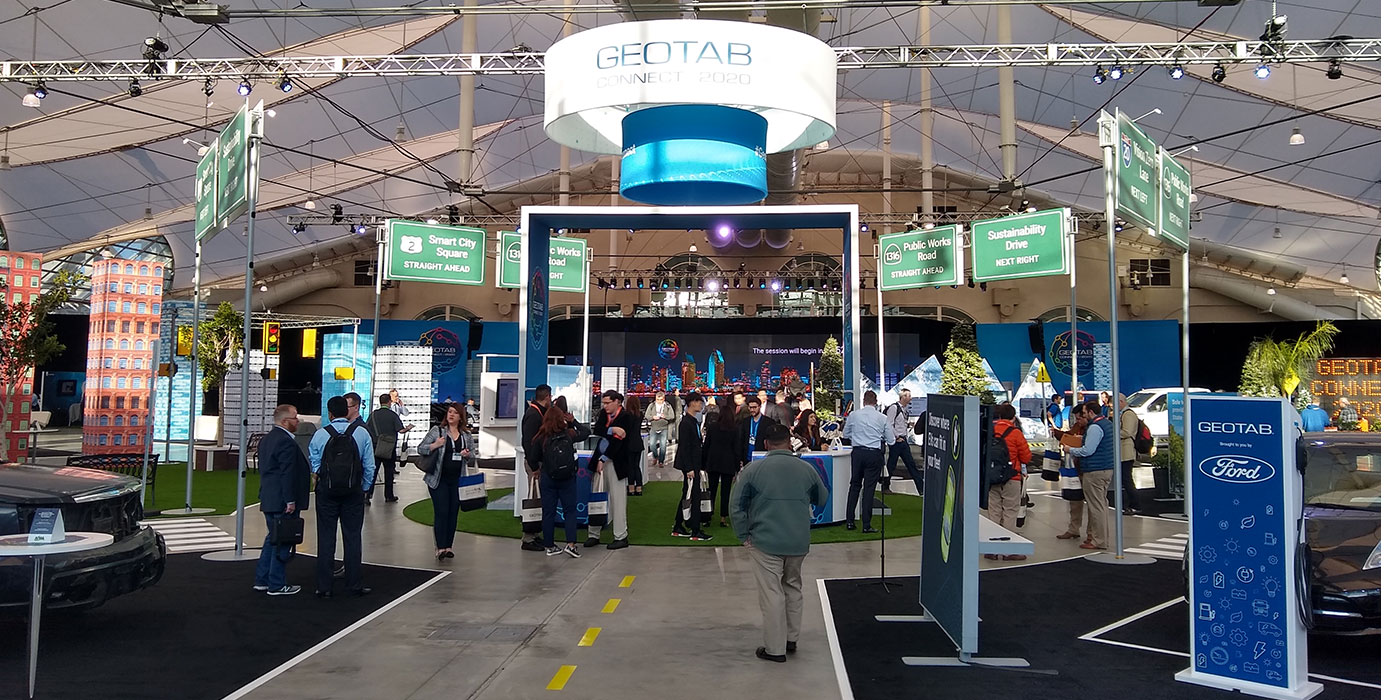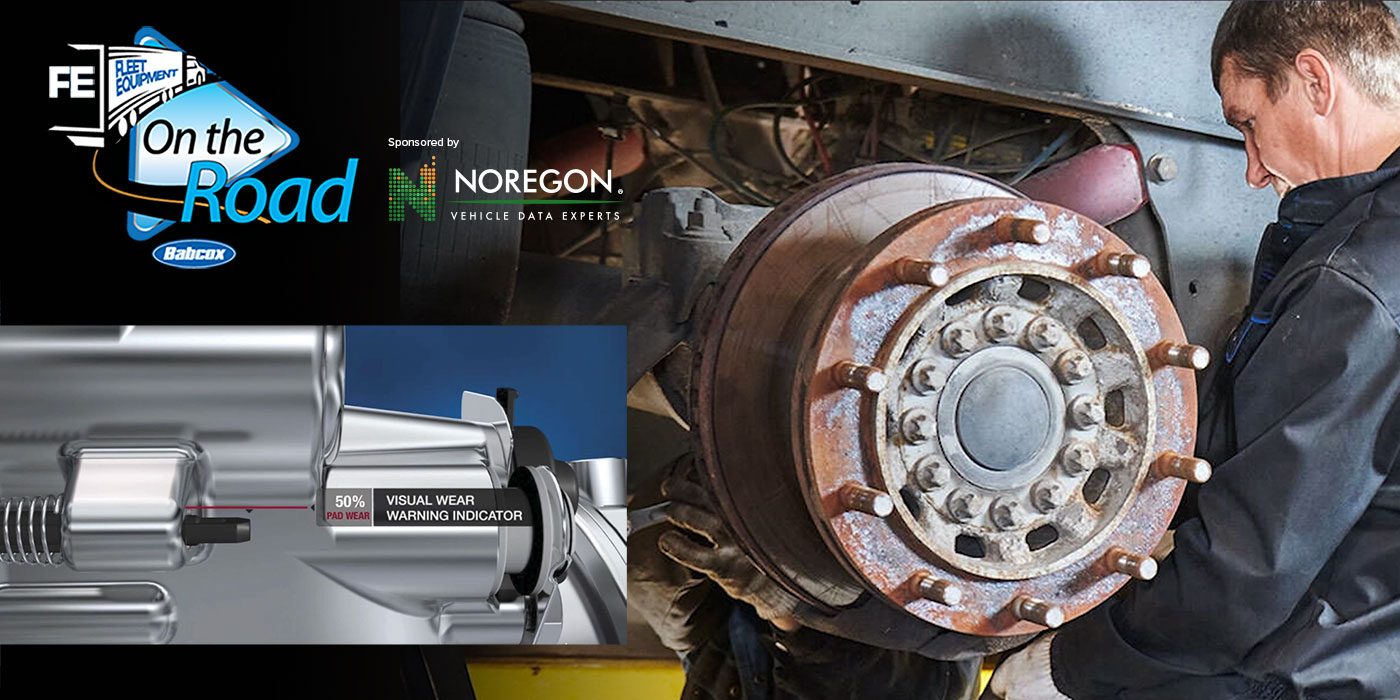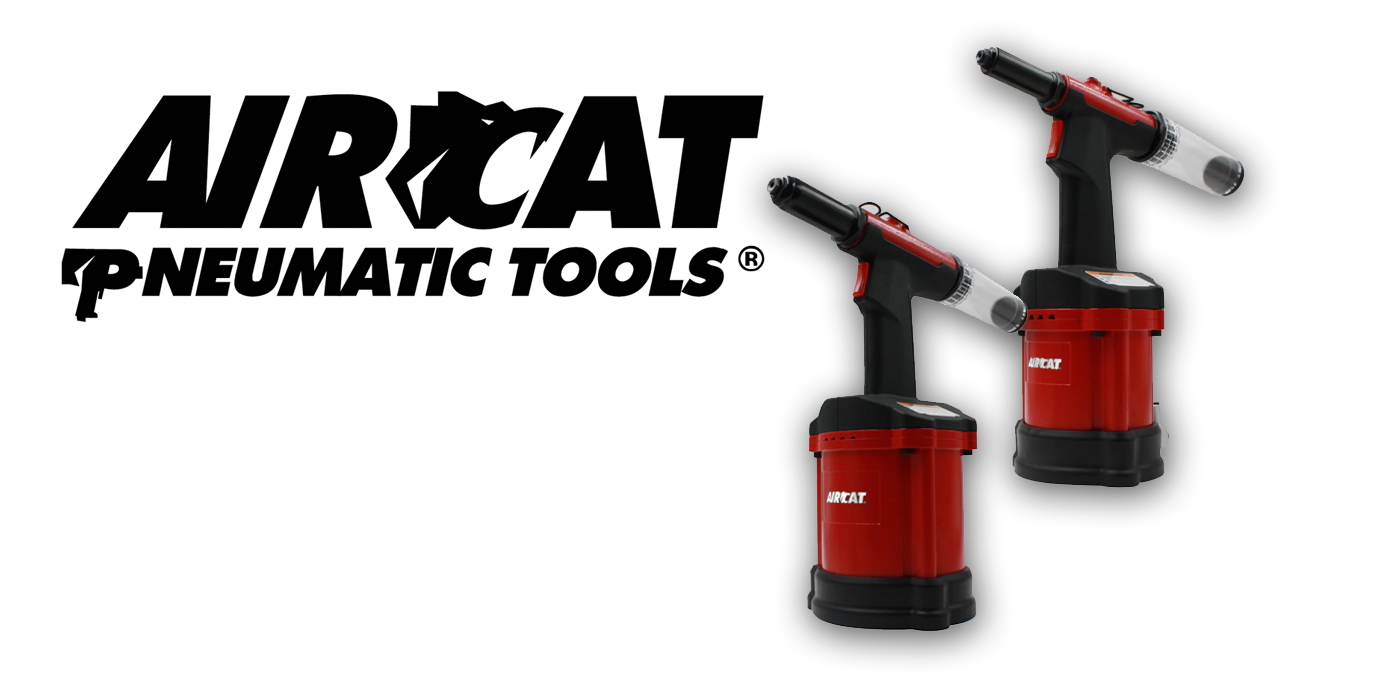New full-flow lube oil filter technology addresses the desire to increase drain intervals; bypass filters address soot loading
With the closer tolerances of today’s engines, combined with increased soot and, more importantly, acid-producing contaminants that lubricants must handle, there is a growing interest in engine filters. Fleets that never used bypass filters are considering installing them, and filter manufacturers have developed a range of premium products offering greatly improved performance compared to earlier generation filters. The goals are increased engine life, longer drain intervals and less waste oil for disposal.
Why the concern?
It all began five years ago when the engines designed to comply with the first major change in emissions regulations hit the market. The problem was aggravated this year when the 2007 engines were introduced. The main problem is that the new emissions-compliant engines generate more heat, soot and acid-causing contaminants than earlier engine designs – heat that can deteriorate filters, soot that loads engine oil, and acid and oxidation that can deplete additives in engine oil. As Kenny Cameron, heavy-duty product manager for Fram Heavy Duty, says, “With the advent of exhaust gas recirculation (EGR) in 2002, we saw an increased number of engines that are ‘acid challenged.’ The oil was breaking down quicker, thereby lowering oil drain intervals.”
The petroleum industry has responded by developing new engine lubricants to keep pace with the increased demands, and they say those products work very well. API (American Petroleum Institute) service category CJ-4 oils are designed primarily for use with EPA07 emissions-compliant engines operating on the new ultra low sulfur diesel (ULSD) fuel (15 ppm) and equipped with cooled EGR and exhaust aftertreatment devices. These oils are designed with reduced ash and phosphorous content to minimize degradation of aftertreatment devices while providing satisfactory wear, deposit and soot control. CJ-4 oils normally may be used in all diesel engines operating with ULSD fuel.
Engine manufacturers, encouraging the need for conservative maintenance practices, have generally recommended shortened lubricant drain cycles for these engines. Detroit Diesel Corp. (DDC), like other engine suppliers, says that the use of CJ-4 is not recommended for engines operating on ULSD without a reduction in oil drain intervals. Some engine manufacturers also have developed their own specifications for acceptable engine lubricants. For example, DDC issued a listing of approved oils based on its own Power Guard Oil Specifications as early as 2002. These represented a performance level beyond the familiar API service category system and continue to do so. The use of qualified oils allows DDC customers to extend oil drain intervals beyond those permitted with standard industry-based engine oil specifications.
A new filter generation
Although the new lubes are designed for them, the increased acid-causing contaminants and soot are still being generated by these engines, and because fleet managers are taking a closer look at engine oil filtration. While soot, because of its very small size, can generally be handled by the new generation of engine oils, the deterioration of the total base number (TBN), which usually determines the need for an oil change, is still an issue. Bypass filters offer an option to deal with soot accumulation, but not to eliminate increased acidity. Cummins and Mack have included bypass technology on their engines for years. Other OEMs offer it only as an option.
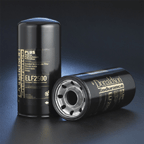
Keith Bechtum, with the liquid filtration group at Donaldson Co. Inc., says, “Soot is not so much a 2007 problem as is filter efficiency in that manufacturers have tried to extend drain intervals to help their customers reduce maintenance costs. As a result, we’ve had to increase the life and performance of the lube filter. Europe is actually leading in this regard. In some cases, they are using 150,000 km (93,700 miles) or once a year oil changes at the same level of filtration performance and filter price point.”
Stronger filter media is needed because the industry demands that filters last longer so drains can be extended. The plain cellulose media in ordinary filters starts to break down when it is exposed to liquids for a long period. High underhood temperatures contribute to the demand for improved filter performance. The industry challenge is to offer a more durable and resilient media capable of holding great loads of contamination while holding prices.
“As a result, we’re seeing an increased use of synthetic blends in our cellulose media,” Bechtum says. “While it still looks like paper media, it actually is impregnated with synthetic material to improve the structure because synthetic material doesn’t degrade as fast over time. Among the benefits of synthetic media are that it offers lower restriction and higher efficiency all the time.”
Donaldson currently offers two lines of full-flow filters with synthetic media. Its Endurance line is designed to deliver extended oil drain intervals. The Endurance Plus line incorporates a system that releases a concentrated blend of additives capable of extending the useful life of the engine’s lubricant. It installs like a regular filter and requires no system modifications. When using Endurance Plus filters, the company says you get a Donaldson guarantee that your fleet will double the miles between oil change intervals, up to 60,000 miles.
Fram also is addressing the problem with a new filter scheduled for introduction later this year.
“We will be introducing our OMS, Oil Management System filter, which is designed with an additive that will reduce the oil’s acidity and oxidation while impeding the degradation of its TBN,” Fram’s Cameron says. “As a result, it has the potential to lower maintenance costs by allowing fleets to at the minimum maintain their current oil change intervals and possibly extend them when used in conjunction with oil analysis.”
The Fram Heavy Duty Oil filter family will now have three full-flow filters in its family of products, each designed for varying fleet operating environments. The orange FRAM Wearguard (PH) filter is intended for use by fleets that follow strict engine manufacturer’s recommended drain intervals. The FRAM Wearguard HD (HPH) line, packaged in black with silver lettering, uses a special media that offers fleets the opportunity to extend their oil drain intervals. The new oil management system line with its silver can and orange litho is intended for use in “acid-challenged” engines.
Bypass filters
Don’t confuse bypass filters with the bypass valve on full-flow filters. Engines larger than the one on your lawn tractor include some kind of oil filtration system. Truck engines are equipped with full-flow oil filters through which all oil pumped from the sump flows before it re-enters the engine. Because of the high fluid flow rate, the amount of contaminant that standard full-flow filters can safely remove from the liquid stream is limited, since too much material would plug the filter. If this were to happen, the full-flow filter’s bypass valve would open to allow unfiltered lubricant to flow through the engine since even dirty oil is much better than the catastrophic event of no oil.
It’s generally accepted that a combination of a full-flow and a bypass filter will provide the best protection to engines. Cummins and Mack include both as standard items. Such a design is expected to provide the lowest overall cost to users because of the double protection against wear. United States Department of Energy tests using 11 buses running almost a million miles showed that vehicles with bypass filter systems avoided on average 89 percent of oil changes and therefore, reduced by 89 percent their use of petroleum for oil changes. The degradation of the TBN and oxidation/nitration values were the two major oil quality metrics leading to the eight intentional bus oil changes. The combination of full flow and bypass filters protects engines from catastrophic events by filtering all lubricant flowing through the system. Unlike full flow filters, which are designed to capture oil-borne contaminants down to about 20 microns in size, bypass filters are capable of removing much smaller particles from the oil stream.
Some bypass filter manufacturers make great claims for their products like the capability of filtering products as small as 0.25 microns. Even if that were true, it would be quite irrelevant since particles much smaller than five microns will cause no problem to engines. Fleetguard engineers say that particles can only be measured accurately down to about two microns, and most filters remove at least some particles smaller than this. The question, however, should be: What is the efficiency of the filter at removing five-micron particles? Many companies quote a micron size without stating the efficiency. In such a case, it’s impossible to understand the benefit of the product. In many cases, the filter may not provide efficiency gain versus the full flow oil filter.
Studies at the Cummins Technical Center, using various size contaminant particles, indicated that particles above five microns cause the most wear problems. This suggests that a filtering system removing particles in the five micron range could minimize bearing and ring wear. Such particles are normally removed by a bypass filter. Some bypass systems will remove three micron particles from an oil stream with 98 percent efficiency. Results of tests with various filtering systems also were performed. The data were obtained by adding fine test dust samples to an engine sump and checking various filtration systems. These studies indicate that wear can be reduced by up to 91 percent as a result of using a bypass filter in combination with a full-flow design.
Early diesel engines used bypass filters exclusively, according to Cummins. While there are as many bypass filter designs as there are suppliers of the products, all have a similar basic operation. A bypass filter has a relatively high pressure differential and usually flows only about 10 percent of the total pump output. The amount of flow through a bypass filter is controlled by an orifice in the system that is sized to get a flow of approximately that volume of fluid.
There are a number of established suppliers of bypass filter systems, Racor, for example, offers a series of filters that the company claims “removes dirt, varnish, ash, tar, soot and other contaminants that full-flow filters only partially remove from engine oil. The system also removes condensed water, which forms component-damaging acids if left in the oil. A one-micron depth filter element eliminates filter loading common to surface filters. The benefits are improved efficiency and extended oil service levels.”
T.F. Hudgins manufactures and markets the Spinner II bypass filter, which uses centrifugal force to separate contaminants from oil. The company says that “Spinner II centrifuges remove the most damaging by-products of the combustion process — the soot and fine contaminants that full-flow filters and other types of bypass filtration simply cannot stop. A Spinner II centrifuge is a cleanable, re-usable bypass filtration solution and is simple to service.”
The internal centrifuge is powered only by the engine’s oil pressure. It operates at speeds in excess of 6,000 RPM, generating a force more than 2,000 times greater than gravity. This force extracts solid contaminants from the fluid stream and deposits them on the inner wall of the cleanable rotor as a dense, solid cake.
Cummins’ Fleetguard Division’s Venturi filters combine a full-flow filter with bypass technology, which the company says results in a much simpler plumbing configuration that differs significantly from conventional full-flow/bypass filtration systems. Users can install the filter “anywhere a full-flow-only filter is installed, thereby easily reaping the benefits of bypass-level filtration.” According to Fleetguard, a Venturi filter will allow the lube system to perform up to four times as long and remove up to three times the contaminants as a full synthetic filter.
Reports from the field indicate that the new engines are performing well. Suppliers report that they have filters that will help fleets continue to utilize extended drain intervals. It’s worth a try, but it might still be a good idea to use oil analysis to make sure.
Onboard analysis
A new a line of fluid quality sensors is being introduced by Flowtonics that are capable of detecting contaminants in a wide variety of fluids. Of particular interest is an oil quality sensor that has been designed to detect and determine the amount of soot, moisture/water and fuel in the lubrication oil of diesel engines.
The Flowtronics sensors, originally developed for onboard ship use by the U.S. Navy, offer many advantages to fleets. In particular, fleets can lower maintenance costs with real-time predictive maintenance, the company says. Cost savings include oil, filter, labor, oil analysis, less PM work and a reduction in spare vehicles.
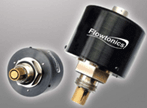
By using a systems approach, the company points out that the vehicle operator could be notified with information about the fluid condition by an onboard computer or ECU and the data pushed wirelessly to the fleet manager. Timely oil changes can protect the engine and keep the asset on the road longer, resulting in greater ROI. More information on the technology can be found at www.flowtonics.com.

